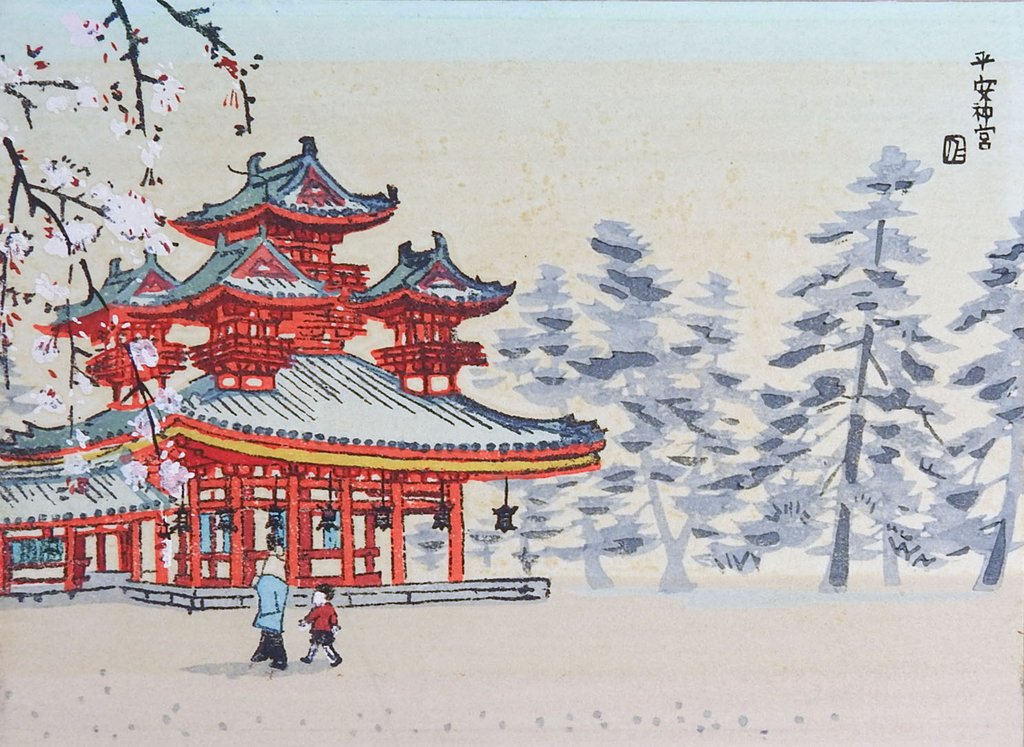
History
Haiku originated in Japan in the 9th century and was originally a form of poetry for peasants. A haiku usually features an image that depicts the essence of a specific moment. The Japanese used haiku to clear and refresh their minds and connect with the natural world. In fact, all haiku are related to nature and one of the four seasons–winter, spring, summer, or fall.
Form
Writing a haiku is easy. Anyone can do it, and you only have to stick to a few rules.
Rule #1: Line and Syllable count
Haiku consist of three lines with the following number of syllables: five, seven, and five.
Rule #2: Stick to the seasons
If you’re writing a haiku, it has to contain some element of one of the four seasons. So be creative! Use imagery to hint to your reader which season you’re writing about.
Inspiration
Writing starts with inspiration, and inspiration starts with an image or an idea. What’s the best way to get inspired? Well, if you’re writing a haiku, reading. Exploring the works of different poets will allow you to absorb the form and other traditional elements of a haiku, such as seasonal references. Here are some classic examples to get you started.
An old silent pond,
A frog jumps into the pond,
splash! Silence again.
On a withered branch
A crow has alighted:
Nightfall in autumn.
On a branch
floating downriver
a cricket, singing
For more inspiration, check out this archive.
